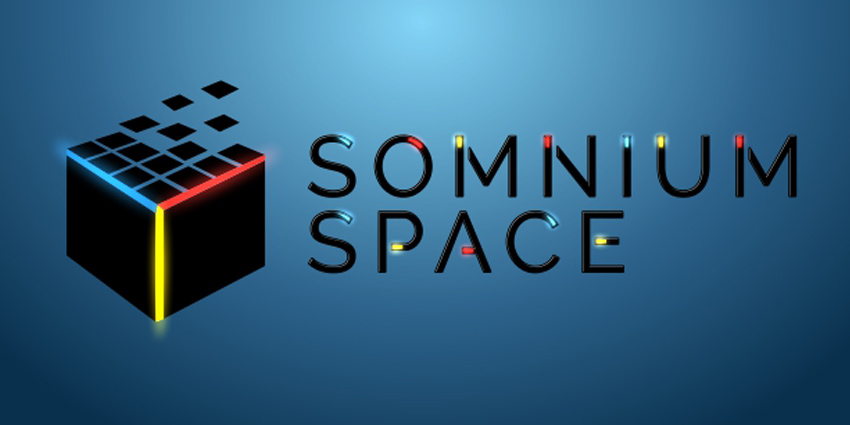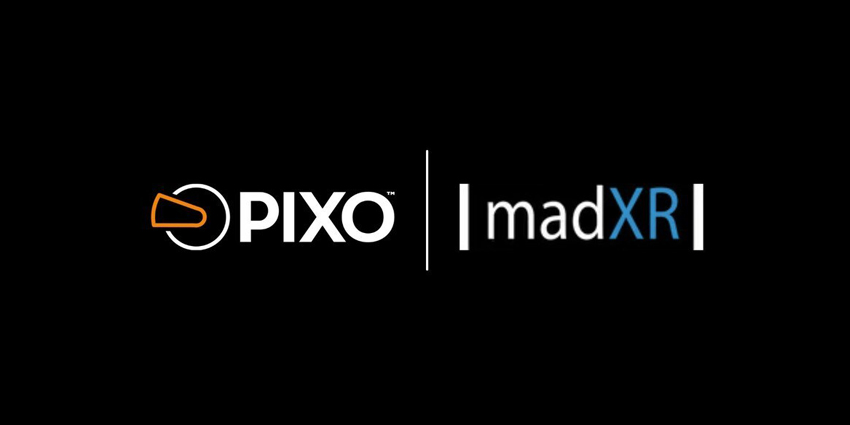While metaverse platforms have stressed the importance of virtual reality (VR) and immersive experiences, Somnium Space is a metaverse with a different objective. It allows users to join in either through a downloadable VR client or a browser-based version to function like any other web app.
What is Somnium Space?
Somnium Space is an open-source metaverse platform that officially launched in 2017 and became available to the wider public in 2018. This makes it among the earliest movers in the market along with industry pioneers such as Decentraland.
Somnium Space has very low barriers to entry and hopes to make metaverse technologies accessible to all. Importantly, it has a democratic take on economics and aims to build its own monetization and revenue earning system based on the blockchain.
Somnium Space and the Metaverse Economy
An independent, decentralized, and free-market economy is at the heart of a successful metaverse platform. Unlike real-world economies, there are no red tapes barring participation and is truly borderless.
Somnium Space works on similar principles and aims to provide its users with a democratized space where they can earn, trade, and create monetizable assets. To achieve this, Somnium Space takes advantage of the Ethereum blockchain network, which forms its underlying architecture.
Here are the key characteristics of Somnium Space’s approach to building a metaverse economy:
-
Somnium Space (the company) has no stake in player or user earnings
The application allows users to tokenize their in-game assets such as land, avatars, wearables, and others using the Ethereum blockchain. This feature automatically disassociates the Somnium Space firm from value generated from players so they can enjoy value created in the Metaverse across the crypto and token market.
-
CUBE is the platform’s native token
To make transactions between users more efficient, the CUBE cryptocurrency acts as the digital counterpart of purchasing game tokens at an arcade. With an Ethereum wallet, gamers may store ETH, CUBE, and NFTs on their own. CUBE acts as a link between various assets, allowing in-game transactions. Currently, CUBE is compatible only with games, but this will soon extend to the entire platform economy.
-
Somnium Space conducts Initial Land Offerings to sell parcels
Somnium Space has undertaken two Initial Land Offerings (ILOs) to date in connection with the issuance of Land Parcels (PARCELS) to its stakeholders. Players who want to create their own Somnium planet must first acquire parcels of land, and players may additionally assign any NFT on the parcel and examine it in VR.
-
The platform allows users to tokenize their avatars
Somnium Space took a big step towards increasing the utility of the CUBE token in November 2020 by implementing AVATAR tokens. Players may now use CUBE to produce their own full-body avatars on the blockchain as an NFT. To join, players purchase an avatar from CUBE, which is then added to their inventory.
They are compatible with all major digital platforms virtual worlds. Additionally, the CUBE token enables gamers to purchase another user’s avatar as an NFT.
While metaverse tokens are regularly used to buy land, wearables, and other assets, tokenizing one’s avatar is a whole new way of generating revenues in the metaverse. It could also attract new users who might want to own an avatar previously used by a celebrity who ‘inhabited’ the platform.
Scoring Economic and Other Activity through Karma
Another unique feature of the platform’s economy and Somnium Space’s societal structure as a whole is Karma, a hierarchical structure that indicates the quality of an individual conduct as a platform’s citizen.
There are several analogies of Karma level with the real world – you could think of it as an Uber score, where customers and drivers rate each other as a measure of their general “good behavior.”
In the financial world, each individual is assigned a risk score that will determine their creditworthiness. Similarly, Somnium Space users will progress across different Karma levels to determine how they earn CUBE rewards for different activities.
Three things determine a person’s Karma on the metaverse platform:
- Platform engagement – The economic activities of each player, their game time, their land ownership, and their pace of world exploration.
- Samaritan ratings – How virtual citizens think of a user based on how they act on the platform.
- Ancillary activities – Other interactions such as building activity, participation in events, etc.
How Can Users Gain from Somnium Space?
The platform offers a software development kit (SDK) to drive customization and personalization, where users can develop their own property and avatars, with the latter becoming interoperable with other virtual worlds and platforms.
The kit also includes a builder mode specially designed to help fabricate complex and intricate structures. Once developed, creators can list them as assets on the NFT marketplace and enter the metaverse economy.
Somnium Space is fully interoperable with the Polygon network, meaning users can transfer their NFT assets in and out of the platform to save on fees. These NFTs could be any one of the following in-platform assets:
- Avatar wearables with a unique shape and aesthetic
- Event tickets and tickets for entry into a land parcel
- Cars and other vehicles
- Teleportation hubs that can be leased out or purchased for travel across the Metaverse
- Monetizable treasure hunts that lead to CUBEs
Somnium Space will have a maximum of 100 million tokens to limit the availability and generate real value for token holders. The platform also charges very little in terms of fees and infrastructure barriers, which makes it easier to gain from the truly democratized potential of metaverse economies.







